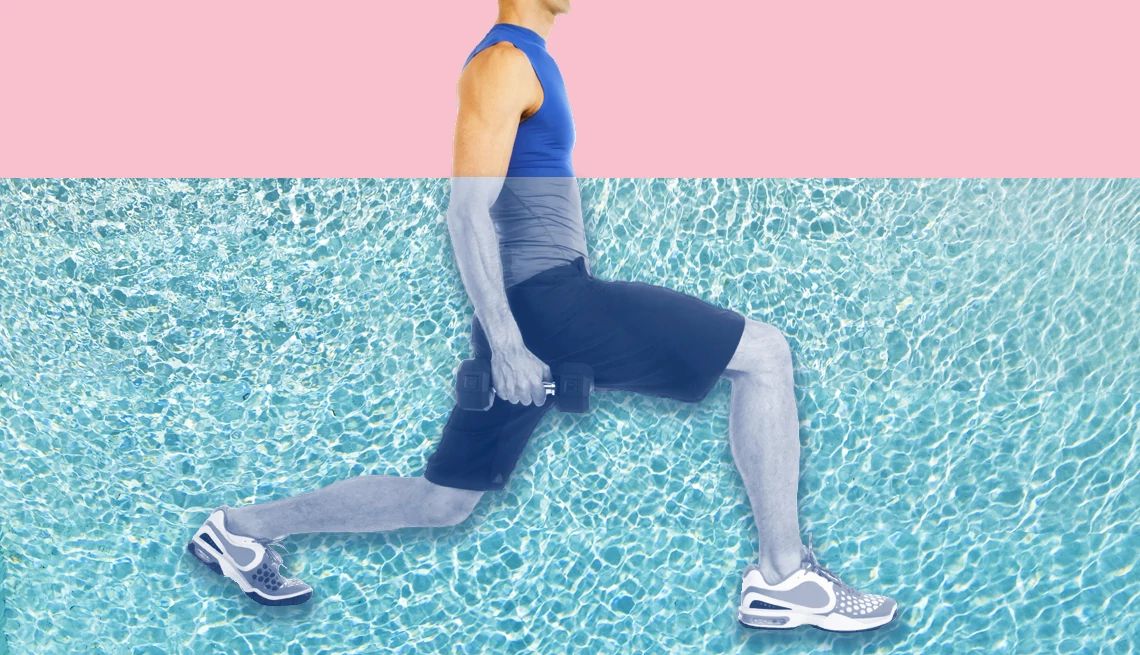AARP Hearing Center


More than 70 percent of adults 50 and older say they experience pain in their joints from arthritis. And for many older adults, that pain occurs in the knees.
But a new study finds that a few simple tools can help tame these aches. When researchers combed through existing studies on nondrug treatments that provide the most relief for knee osteoarthritis, knee braces, water therapy (or water exercise) and traditional exercise came out on top.
For the study, published June 18 in PLOS One, researchers analyzed 139 randomized control trials spanning 9,644 people with knee osteoarthritis and evaluated 12 nondrug treatments, including laser therapies, ultrasound, water exercise, knee braces, traditional exercise and taping.
Knee braces were the most effective at lowering pain, improving function and easing stiffness, the researchers found. Hydrotherapy, or water exercise, relieved pain, while traditional workouts improved pain and physical function.
Finding ways to manage symptoms from a menu of options
David A. Wang, M.D., a sports medicine physician at the Hospital for Special Surgery in New York, says he isn’t surprised that knee braces, hydrotherapy and exercise were the top performers in the meta-analysis. They all put less pressure on the knee, which can ease pain and improve function, he explains. But just because these therapies ranked high in the research doesn’t mean they will work for everyone.
“There’s no one-size-fits-all for arthritis,” Wang says.
It’s important to note that there’s no cure for knee osteoarthritis other than a total knee replacement. For those looking to avoid or delay surgery, all you can do otherwise is manage symptoms, Wang says.
Many people manage their symptoms by treating their knee pain with medications, such as over-the-counter anti-inflammatories. But the study’s authors note that anti-inflammatory drugs are linked to gastrointestinal and cardiovascular issues in older adults.
Topical treatments and corticosteroid injections can also help, says Tom Kernozek, a professor and chair of physical therapy at the University of Wisconsin–La Crosse. And working with a physical therapist can improve your knee strength and lead you to tools, such as braces or shoe inserts, that may bring relief.
Another pivotal intervention: weight loss. A study published in Arthritis & Rheumatology found that for older adults with knee osteoarthritis, losing 1 pound of weight removed 4 pounds of pressure from the knees.
“Weight loss is a very important part of osteoarthrosis management,” Wang says. Along with exercise, it gives the “most bang for our buck.” Of course, it can take time to shed pounds, just as it can take time to get stronger from exercise, he adds.


































































More From AARP
8 Surprising Foods That Help Strengthen Bones
Go beyond dairy to keep your skeleton strong5 Exercises for Your Bones
Try these easy moves at home
#1 Exercise for Your Knees
Try this to strengthen the muscles that support your knees